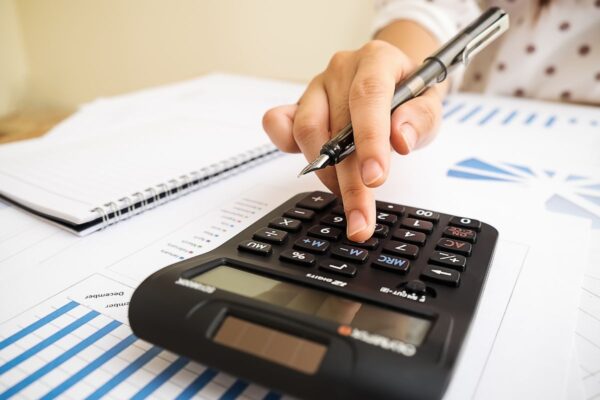The introduction of Making Tax Digital for Income Tax Self Assessment (MTD for ITSA) marks a significant change in how self-employed individuals in the UK report their income to HMRC.
What is MTD for ITSA?
MTD for ITSA is HMRC’s initiative to modernise and digitise tax reporting for individuals earning income through self-employment, property, or other sources. From April 2026, sole traders and landlords with a combined gross income over £50,000 must use MTD-compatible software to:
- Keep digital records of their income and expenses.
- Submit quarterly updates to HMRC for each source of income.
- File a single End of Period Statement (EOPS) for each business or property.
- Submit a Final Declaration to calculate and pay tax.
For individuals with two self-employments, this means managing and reporting each business separately under the MTD framework.
Steps to Comply with MTD When You Have Two Self-Employments
- Use spreadsheets or Software
Each self-employment will need its own digital records. You can use excel spreadsheets or compatible software which allows you to manage multiple income streams and track income and expenses for each business and rental income separately.
- Maintain Separate Digital Records
You must keep digital records for each self-employment. This includes:
- Income: Sales, fees, or earnings specific to each business.
- Expenses: Costs directly related to each business.
Ensure your records are clear and distinct to avoid confusion or errors when submitting updates.
- Submit Quarterly Updates for Each Business
For MTD, you must submit four quarterly updates to HMRC per self-employment. For example:
| Quarter | Deadline |
| 6 April – 5 July | 5 August |
| 6 July – 5 October | 5 November |
| 6 October – 5 January | 5 February |
| 6 January – 5 April | 5 May |
Each self-employment will have its own set of quarterly updates, meaning you’ll send 8 updates each year if you run two businesses.
- Submit an End of Period Statement (EOPS) for Each Business
An EOPS is a summary of the year’s income and expenses for a specific business. You’ll need to file one EOPS for each self-employment to finalise the income for that business.
For example:
- Self-employment A: Submit an EOPS detailing all income and allowable expenses for that business.
- Self-employment B: Submit a separate EOPS for this income stream.
- File a Final Declaration
After submitting EOPS for each self-employment, you’ll need to file a Final Declaration to confirm your total income from all sources (including property income or employment) and calculate your overall tax liability.
This replaces the traditional Self Assessment tax return and consolidates all income into one final submission.
Who Needs to Sign Up for MTD for ITSA?
From April 2026, MTD for ITSA applies to individuals with a total gross income over £50,000 from self-employment and/or property. Those earning between £30,000 and £50,000 will join the scheme in April 2027. If your combined income from two self-employments meets these thresholds, you’ll need to comply.
Under £30,000 as its stands now you will not need to comply with MTD




